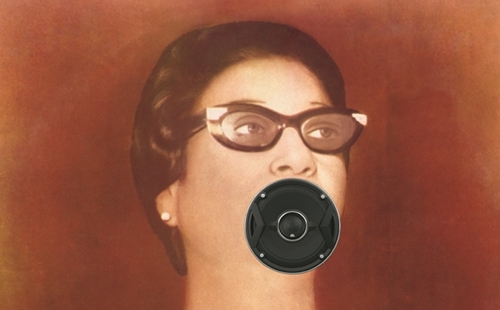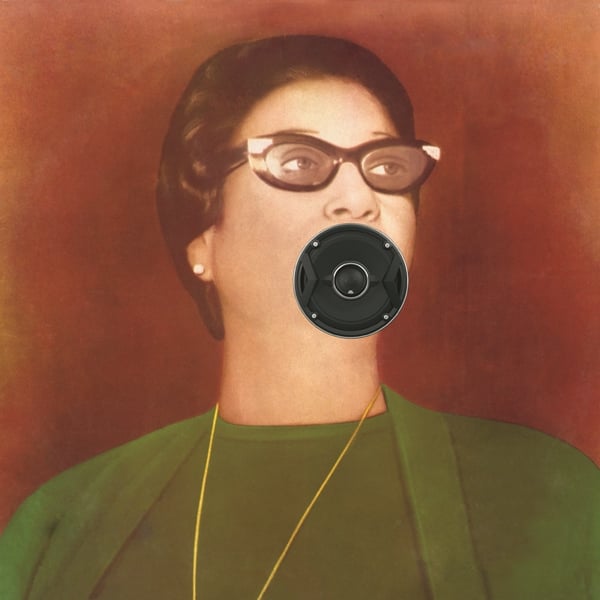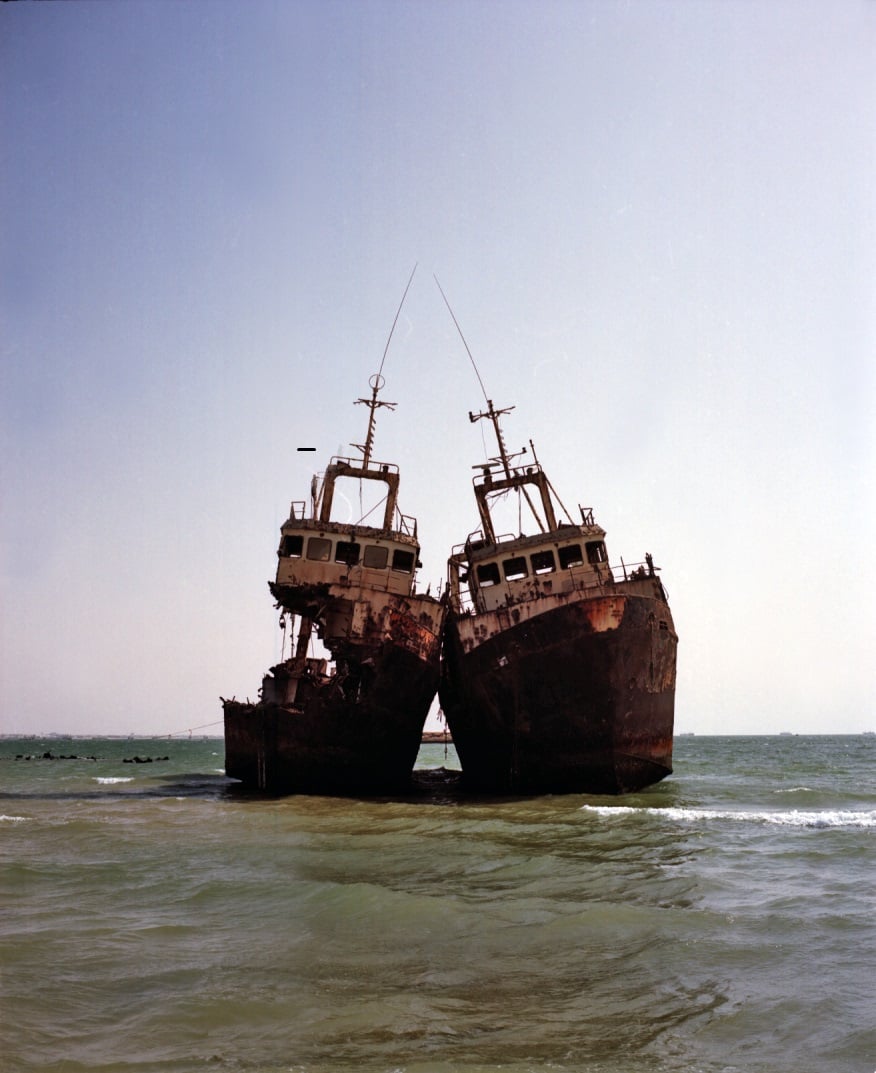Art & Exhibitions
Singing the Praises of Love and Loss
A major new show opens at Korea's Gwangju Museum of Art.

A major new show opens at Korea's Gwangju Museum of Art.


Raed Yassin, Ruins In Space (2014).
Photo: Courtesy Kalfayan Galleries (Athens-Thessaloniki).
It’s high-concept historical fiction: Oum Kulthoum, the Arab world’s greatest female singer, befriends the similarly renowned Korean vocalist Lee Nan-Young in a chance encounter in Paris. What creative output would their friendship have resulted in had they actually met?
This is the inspiration for “Songs of Loss and Songs of Love,” the first Korean exhibition of curator duo Sam Bardaouil and Till Fellrath—whose similarly surreal, acclaimed traveling show “Tea With Nefertiti” just opened in Munich — at the Gwangju Museum of Art. The fictional premise sets the stage for what is, at its core, a survey of contemporary Middle Eastern art. But what might have fallen into the dreaded category of typical cultural exchange exhibitions, instead surprises with a meta understanding of its own mission and a meticulous curatorial vision visible in every detail. It may serve as an introductory step for a Korean audience, but it avoids the pitfalls of the watered-down, chronological layout and the usual who’s who for a more thoughtful approach.
Eighteen artists play with the dichotomy of the titular notions of loss and love—both themes found in Kulthoum and Lee’s most iconic songs, “Al-Atlal” and “Tears of Mokpo,” respectively. While just two were commissioned to create new works for the show, performance artist Raed Yassin and the classically trained painter Khaled Takreti, the remaining contributors selected each present works that uncannily build upon another.
Yassin opens the show with a remixed version of Kulthoum’s concert in Paris that led to the fateful, fictional meeting. He expands on the curators’ own vision, concocting a story that involves the Egyptian singer becoming the first Arab musician to release an LP in Korea. Yassin actually pressed 200 albums, editions of his imaginative work, and the added static of the altered recording sets off what becomes the exhibition soundtrack. Given the range of media in the show, a few key video pieces lead viewers from hall to hall, like the lure of unexpectedly pleasant sirens.
The concept of loss is explored first: female figures erased from family trees, deceased relatives, the failings of collective memory, physical absence. Of note in this section is Shirin Neshat’s seminal Turbulent, which remains as jarringly seductive as it was when it earned the International Award at the 48th Venice Biennale. (The artist is also currently on view at MMCA Seoul in a mid-career retrospective, the largest show she has held in Korea to date.)
Perhaps most acutely relevant is Zineb Sedira’s MiddleSea, a meandering 16-minute video of a ship at sea that encapsulates the feeling of loneliness and vulnerability amongst a vast space. Just a month after the sinking of the Sewol ferry off the southern coast of Korea, where more than 300 people were left either dead or missing, the video’s bleak imagery transforms into an unintentional homage to those who were lost.
That catharsis is echoed in Takreti’s 14-canvas collage, Mes Condoléances, which addresses heart-wrenching partings, such as those felt throughout Syria as a result of the ongoing Arab Spring. It’s at this point the exhibition starts to blur the already malleable line between loss and love, with Vahid Sharifian’s visceral sculpture What Happened to You My Lover, a mobile dog’s head composed of cow hide, juxtaposed directly in front of the collage.
Mona Hatoum’s T42 expresses the simple idea of love and sacrifice, as Manal Al Dowayan’s photograph series If I Forget You, Don’t Forget Me, memorializes her father and his generation of employees at the Saudi Arabian Oil Company. Adel Abidin’s closing piece, however, has the shock and polish of a perfect ending; his Three Love Songs (2010) introduces blond Scandinavian singers unknowingly performing unabashedly nationalist Iraqi anthems. The resulting heady discomfort concisely sums up the in-between found separating loss and love, and the reasons why we feel both. Wherever your locale.
“Songs of Loss and Songs of Love” runs through July 13 at the Gwangju Museum of Art.

Zineb Sedira, Untitled 2008
© Zineb Sedira, courtesy the artist and kamel mennour, Paris.